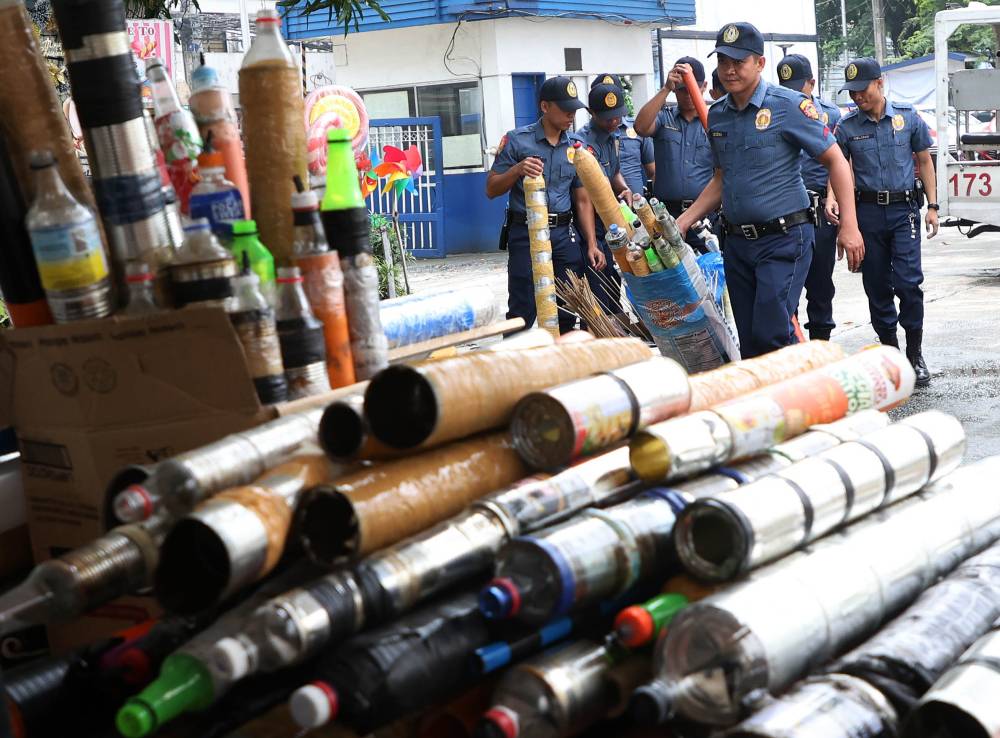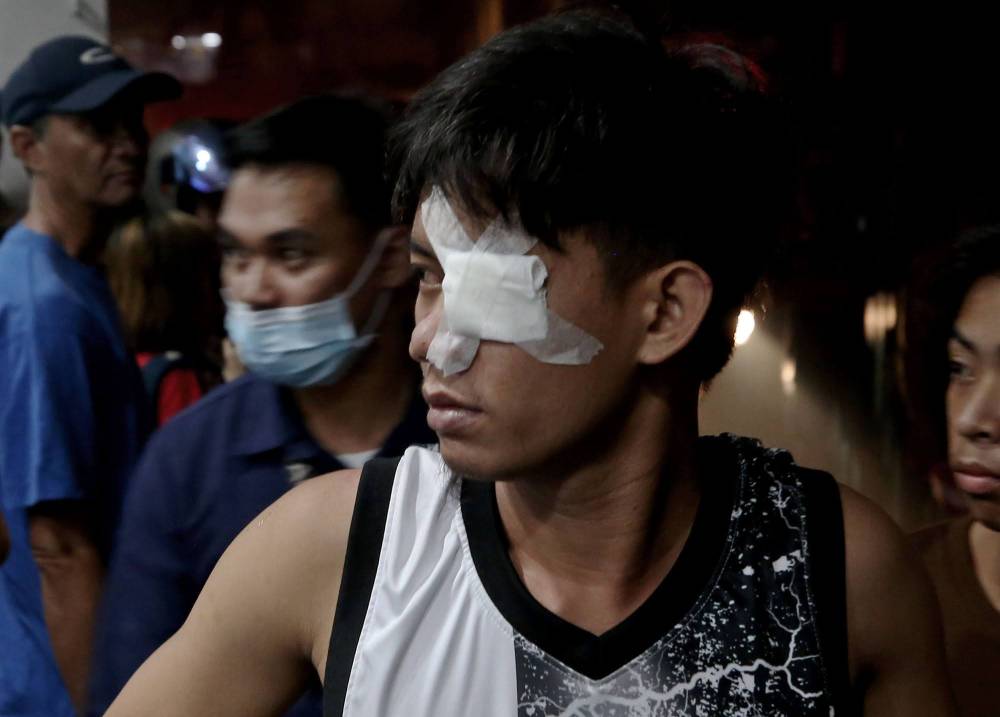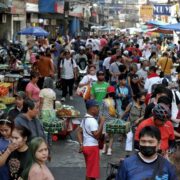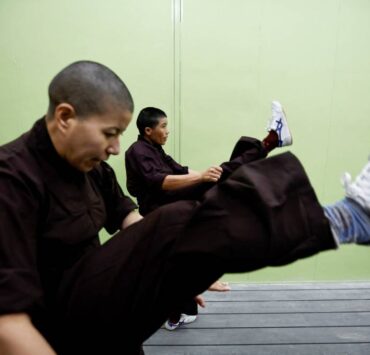Fewer ’cracker injuries, but DIY ‘boga’ videos pose concern

The Pinoy revelry that greeted 2025 saw fewer deaths and injuries due to firecrackers compared to a year ago, based on reports reaching the police and health authorities as of Wednesday.
A second death caused by a firecracker blast was confirmed in Dagupan City, Pangasinan, five days after the first victim died in Cuyapo, Nueva Ecija.
Both the Department of Health (DOH) and the Philippine National Police also noted that the majority of injuries involved the use of an improvised cannon known as “boga,” a device that had long been banned along with other high-power varieties of fireworks.
According to the DOH, from Dec. 22, 2024 to 6 a.m. of Jan. 1, 2025, a total of 340 firecracker-related injuries were reported, 34 percent lower than the 519 cases logged in the same period last year.
A total of 141 people were hospitalized for injuries—64 percent lower compared to the previous year’s tally.
But the DOH said the numbers might still go up in the next few days as more reports come in.
Seven out of every 10 injured—or 239 out of the 340—were age 19 and below. The vast majority of them—299—were males.
Second death
The DOH record as of this writing included only one death—that of a 78-year-old farmer in Nueva Ecija who sustained injuries after lighting up a firecracker array known as the Judas belt. He was brought to the hospital on Dec. 22, 2024 and died five days later.
The Inquirer monitored a second fatality on Wednesday in Dagupan. The police said Allan Carrera Ballesteros, 44, of Barangay Bonuan Gueset, was declared dead on arrival at Region I Medical Center due to head injuries.
Five other persons in Pangasinan—two in Urdaneta City and two in Lingayen—were listed as injured.

In Quezon province, the provincial health office counted at least seven people who required treatment—from Candelaria, Sampaloc, Atimonan, Tiaong, Lopez, San Narciso and Lucena City. Five of them suffered burns while two damaged their eyes.
The victims handled boga, “kwitis,” or skyrockets, and the firecrackers known as “5-star.”
In the DOH count, 59 percent of the total injuries—or 202 cases—were traced to the use of boga, 5-star and “piccolo.”
In an earlier interview, DOH spokesperson Assistant Secretary Albert Domingo said the continuing popularity of the boga—and the emergence of online videos on how to make one—had become particularly alarming.
“The boga is now even harder to control because we have monitored that there are now videos online (about) do-it-yourself (DIY) boga. This brings another conundrum for authorities since individuals can now make illegal firecrackers at home rather than buy something from shops, which we can monitor,” he said.
The Quezon police said it had seized 362 boga devices from Dec. 18 to Dec. 30, 2024, along with 1,593 pieces of assorted firecrackers worth around P65,000.
Over 70 booked
The PNP on Wednesday said it had confiscated a total of 593,094 pieces of illegal firecrackers nationwide worth P3.9 million since Dec. 16, 2024.
A total of 73 persons were apprehended for the sale, possession and use of banned firecrackers, including those selling online, the PNP added.
Meanwhile, the Bureau of Fire Protection (BFP) said it responded to at least nine fires that broke out during the New Year’s Eve festivities.
It was not immediately known if any of the fires were caused by firecrackers or fireworks. But the BFP spokesperson, Fire Supt. Annalee Atienza, said the number was much lower than the 54 fires recorded during last year’s revelry. —WITH REPORTS FROM FRANCES MANGOSING, YOLANDA SOTELO AND DELFIN T. MALLARI JR.





















